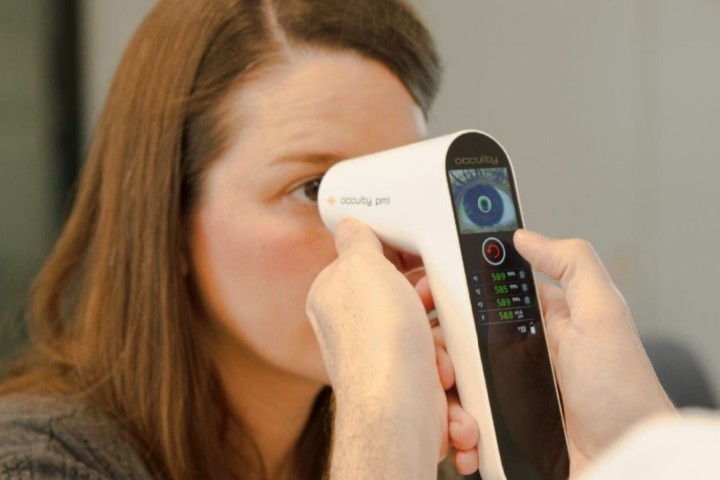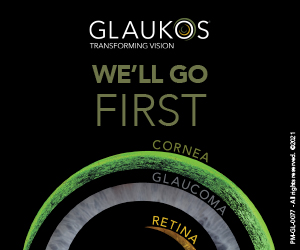Down syndrome retinal changes linked to early Alzheimer’s
A world-first ultra-widefield eye imaging study in adults with Down syndrome found that abnormal blood vessels in the retinal periphery are visible before clinical symptoms of Alzheimer’s disease begin to show.
Writing in the Journal of Alzheimer’s Disease, researchers from Belfast’s Queen’s University and Ulster University noted the longer life expectancy of people with Down syndrome nowadays means Alzheimer’s disease has become the leading cause of death for this population.
People with Down syndrome have a greater risk of developing Alzheimer’s disease at an early age due to their extra copy of chromosome 21, which can lead to an accelerated build-up of plaques in the brain. The plaques can cause problems with how brain cells function and increase the risk of developing Alzheimer’s symptoms, they explained.
While retinal and choroidal vascular changes have been proposed as a non-invasive central nervous system alternative for clinical trials in Alzheimer's disease, their role in Down syndrome is unclear, authors noted.
A comparison of retinal scans of adults with Down syndrome aged 27–53 who did not yet display signs of Alzheimer's disease with scans from a group of adults of a similar age without Down syndrome showed retinal and choroidal vascular changes are present in Down syndrome adults before the clinical onset of Alzheimer's disease. These changes might become early surrogates for cerebral vascular abnormalities, said researchers.
The two universities are conducting studies to further explore these findings.


























